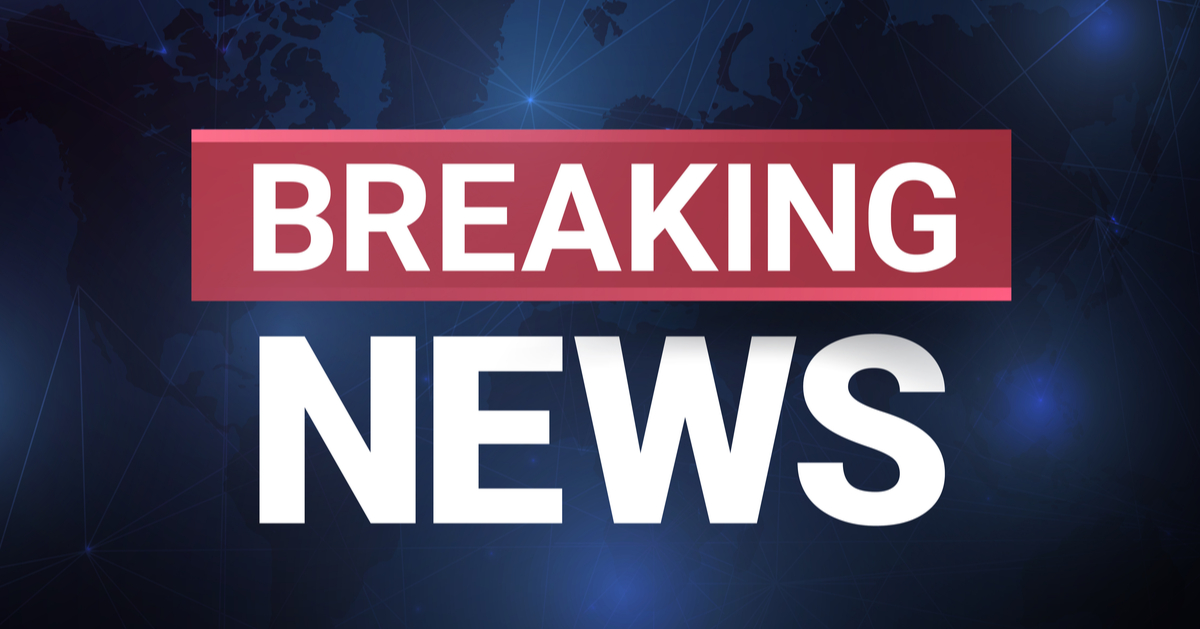SCOTUS allows Trump to halt disbursement of contested educational grant funds
In a narrowly decided case, the U.S. Supreme Court has permitted the Trump administration to reduce federal funding for teacher training programs while legal battles persist.
The Supreme Court's decision -- which comes amid a number of recent judicial outcomes adverse to the administration -- is seen as a critical juncture in President Donald Trump's ongoing efforts to reshape federal education policies, as Newsweek reports.
The decision, issued on Friday, was close, with a 5-4 majority ruling in favor of the administration's cutback proposals. This outcome impacts grant programs said by supporters to have been aimed at improving teacher quality and effectiveness.
Funding cuts explained
The grants in question, the Teacher Quality Partnership and the Supporting Effective Educator Development, distribute over $600 million annually. These initiatives, supporters suggest, have been instrumental in addressing the national teacher shortage by enhancing teacher retention and training methods.
However, in February, the Trump administration abruptly stopped the funding for these programs without a public announcement, sparking a series of legal challenges from eight Democrat-led states. These states have contested the halts, highlighting what they say is the role of the grants in fostering educational development.
Following the cessation, U.S. District Judge Myong Joun intervened, placing a temporary block on the administration’s decision, indicating it likely violated federal law given the lack of provided justification for such a significant shift in policy.
Grants continue journey through the courts
This temporary block was later upheld by the 1st U.S. Circuit Court of Appeals in Boston, maintaining the status quo until the Supreme Court handed down its latest decision. Now, with the high court’s ruling, the administration can proceed with the funding cuts amid ongoing litigation.
The dissenting opinion was notably joined by Chief Justice John Roberts who sided with the court's liberal justices. They expressed concern over the premature nature of the Supreme Court's involvement in this case.
Justice Elena Kagan criticized the decision, noting, "It is a mistake for the Court to grant this emergency application. Nowhere in its papers does the Government defend the legality of canceling the education grants at issue here."
Political, practical implications awaited
The legal challenges are set to continue, with significant implications possible for diversity, equity, and inclusion initiatives within the education sector. Justices Ketanji Brown Jackson and Sonia Sotomayor further elaborated on the consequences of the court's decision, stating their belief that it facilitates the infliction of significant harms on the plaintiff states.
In response, the Trump Justice Department emphasized the potential irreparable harm to the Executive Branch from judicial intervention in the president's decisions about grant disbursement, suggesting financial losses that the government might not recoup.
The states affected by the cuts may temporarily continue funding the impacted programs using their own resources, demonstrating the high stakes and localized impacts of this federal decision.
Implications for educational landscape unclear
This decision marks another chapter in the broader context of the Trump administration's efforts to dismantle what it deems unnecessary elements within the federal government's approach to education. Previously, President Trump has labeled such educational programs as "woke" and has pushed forward an executive order aimed at dismantling the Department of Education itself.
An earlier controversy also saw Roberts rebuking President Trump over his suggestion that impeachment was a potentially appropriate response to judicial activism, highlighting ongoing tensions and the complex interplay between different governmental branches under Trump's administration.
As this legal drama unfolds, the education sector remains poised on the brink of significant changes, reflecting broader political and ideological battles that continue to shape the nation’s policies and priorities.





